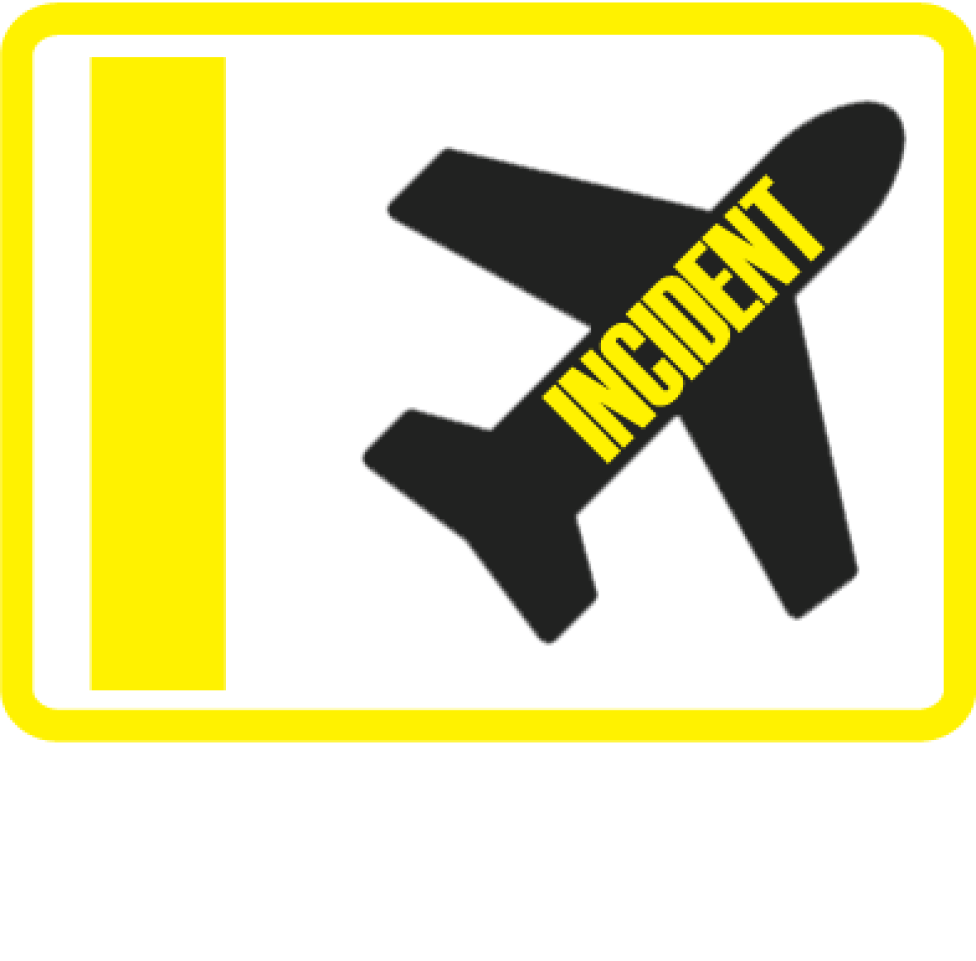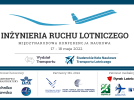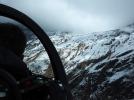Hawaiian B763 at Osaka on Oct 12th 2011, entered runway without clearance
A Hawaiian Airlines Boeing 767-300, registration N588HA performing flight HA-450 from Osaka Kansai (Japan) to Honolulu,HI (USA) with 208 people on board, had been cleared to taxi to the holding point of their departure runway 06R and had been instructed to hold short of the runway, the clearance and instructions had been correctly read back by the crew.
An ANA All Nippon Airways Boeing 767-300 freighter, registration JA8356 performing flight NH-8519 from Tokyo Narita to Osaka Kansai (Japan) was on final approach to Kansai's runway 06R descending through about 1000 feet AGL at 21:37L (12:37Z) when the Hawaiian Boeing taxied past the hold short line.
The tower controller instructed the ANA Boeing to go around, which the ANA crew complied with, and instructed the Hawaiian Boeing to taxi off the runway. The ANA Boeing landed safely at 21:44L on their second approach, the Hawaiian Boeing departed at 21:51L.
Japan's Transportation Safety Board (JTSB) rated the occurrence a serious incident and dispatched three investigators on site.
On Jun 27th 2014 the JTSB released their final report concluding the probable causes were:
It is probable that this serious incident occurred as a departing aircraft (Aircraft A) entered a runway despite the fact that it had been instructed to continue holding short of the runway, leading to an arriving aircraft (Aircraft B), which was cleared to land after the instruction to the Aircraft A , attempting to land on the same runway. It is probable that the Aircraft A entered the runway because the flight crewmembers of the aircraft incorrectly heard the instruction to continue holding as an instruction to hold on the runway and misunderstood whereas the Controller assumed that his instruction was correctly understood by the Aircraft A and did not request clarification despite the fact that the readback from the Aircraft A did not match the phraseology of the original instruction. It is probable that the following contributed to the mishearing of the instruction by the flight crewmembers.
- The words included in the instruction were the same as those previously used in the U.S. to instruct aircraft to hold on the runway.
- The crewmembers were expecting that the next instruction from the Tower would be for them to hold on the runway.
- The instruction to hold was issued to the Aircraft A, which had been holding short of the runway, just when an arriving aircraft passed in front of them.
- The crewmembers thought that they would be able to take off before the Aircraft B landed. It is probable that the following contributed to the Controller’s assuming the instruction to be understood by the Aircraft A.
- The Controller did not know that the phraseology used in the readback was previously used in the U.S. to instruct aircraft to hold on the runway.
- The readback included the same words that were used in the instruction.
The flight was being operated by a captain (54, ATPL, 18,975 hours total, 2,415 hours on type) and a first officer (50, ATPL, 14,989 hours total, 1,302 hours on type).
The JTSB reported that after the first arrival had landed ATC instructed the departing Hawaiian flight: "Hold position" which was read back by "position and hold".
The JTSB analysed that in 2009 the phraseology had been changed from "taxi into position and hold" to "line up and wait". However, there were still controllers around using the "position and hold" phrase. The airline thus introduced a recommendtion to flight crew to treat such an instruction as ambiguous and clarify with the controller, however, did not introduce a requirement to do so.
The JTSB analysed: "In the United States, when instructed to hold on the runway, aircraft were only required to acknowledge receipt of the instruction with their call signs. With that in mind, prior to the change from “POSITION AND HOLD” to “LINE UP AND WAIT,” the FAA did not consider a proposal to change the requirements related to the pilot readback of the instruction used with incorrect phraseology."
The JTSB continued: "At 21:35:29, the Controller instructed the Aircraft A to “HOLD POSITION.” While “HOLD POSITION” is not prescribed in the Standards for ATC Procedure but is included in Order 7110.65 and Doc 4444 as described in 2.8.1.1, it is probable that the expression is used to promptly stop taxiing aircraft. Therefore, it is probable that “HOLD POSITION” can make holding aircraft continue holding if the expression is understood correctly by the flight crewmembers. However, it is probable, that all flight crewmembers of the Aircraft A heard the instruction wrong as “POSITION AND HOLD.” The FO read back the instruction as misheard. The Controller recognized that the readback was different from the phraseology he had used. It is probable that if the Controller had confirmed the readback with the Aircraft A instead of assuming that the words were only inverted, the serious incident could have been avoided. While the Controller used “HOLD POSITION,” which is not prescribed in the Standards for ATC Procedure, to instruct the Aircraft A, which was holding short of the runway, to continue holding there, he should have clearly indicated the position where the aircraft should hold by using “HOLD SHORT OF RUNWAY,” which is stipulated in the Standards for ATC Procedure."
Metars:
RJBB 121400Z 15005KT 9999 FEW040 BKN/// 21/15 Q1016 NOSIG
RJBB 121330Z 15004KT 9999 FEW040 BKN/// 21/15 Q1016 NOSIG
RJBB 121300Z 17004KT 9999 FEW040 BKN/// 20/15 Q1016 NOSIG
RJBB 121230Z 16004KT 9999 FEW040 BKN/// 20/14 Q1016 NOSIG
RJBB 121200Z 16003KT 120V190 9999 FEW040 BKN/// 21/14 Q1016 NOSIG
RJBB 121130Z 15005KT 140V200 9999 FEW040 BKN/// 21/15 Q1015 NOSIG
RJBB 121100Z 13004KT 9999 FEW040 SCT/// 21/14 Q1015 NOSIG
RJBB 121030Z 14003KT 120V190 9999 FEW040 BKN/// 21/15 Q1015 NOSIG
http://avherald.com/h?article=4446d7ae














Komentarze